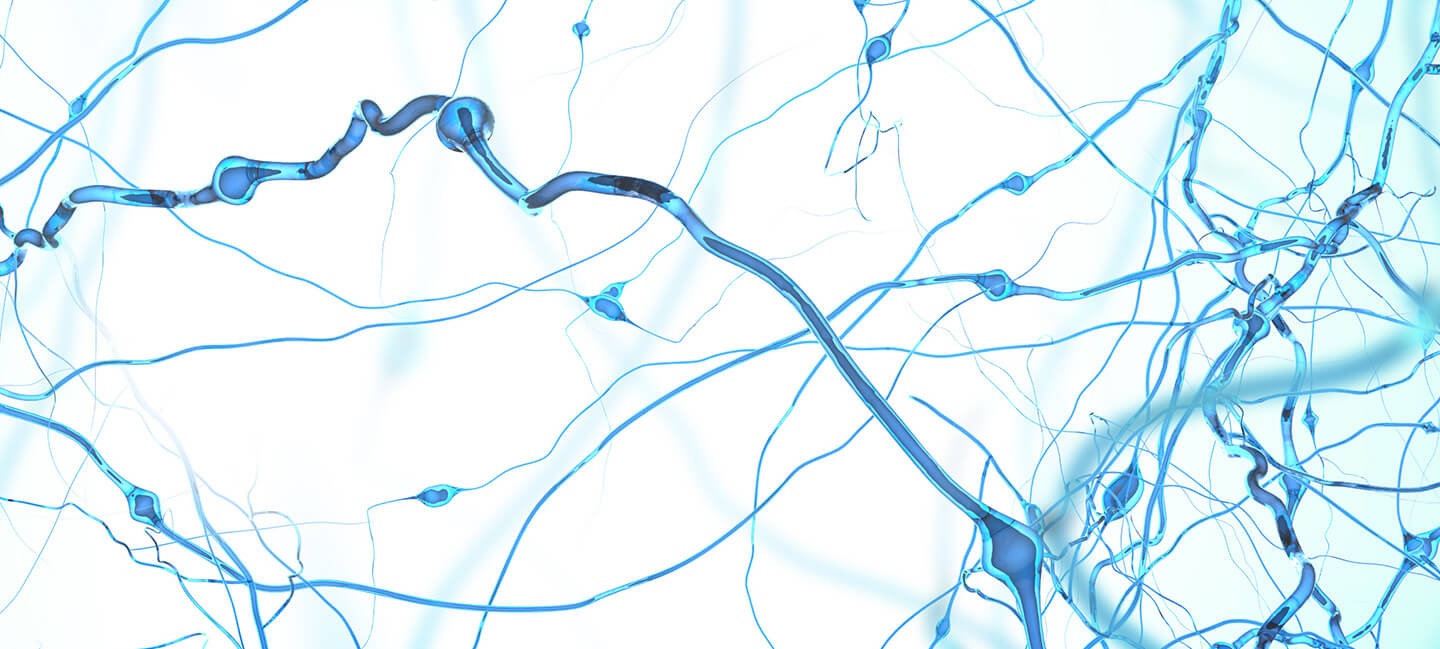New Approach to Lessen Negative Symptoms in Schizophrenia is Based on Brain Circuit Discovery
New Approach to Lessen Negative Symptoms in Schizophrenia is Based on Brain Circuit Discovery

A research team has advanced an important step toward developing a new way to help lessen negative symptoms in schizophrenia. For the first time, they have generated evidence that malfunctioning in specific brain circuitry causes negative symptoms. They have also tested a way to manipulate that circuit to reduce symptoms.
Negative symptoms in schizophrenia and schizophrenia spectrum disorders impact a variety of cognitive processes that result in a flattening of emotional expression, diminished motivation, behavioral rigidity, and difficulty experiencing pleasure. They are distinguished from positive symptoms, which refer to patients’ altered relationship with reality, including experiences such as hallucinations, delusions, and paranoia. While positive symptoms can be diminished through the administration of antipsychotic medicines, there are no pharmaceutical treatments to address negative symptoms. Other forms of therapy have shown promise, including various methods of cognitive training, but they are not widely used at this time.
In a paper appearing in the American Journal of Psychiatry, the researchers, who include four who have received BBRF grant awards, present evidence indicating a direct causal relationship between the level of connectivity in one specifically identified brain circuit and the severity of negative symptoms experienced by specific patients. Targeted manipulation of this circuit via non-invasive brain stimulation resulted in increased connectivity in the circuit and a lessening of negative symptoms, the team reported.
Past studies have made associations between specific circuits in the brain and negative symptoms, but none has been able to demonstrate a direct causal relation between the two. In the new study, directed by Mark Halko, Ph.D. and Roscoe Brady Jr. M.D., Ph.D., both of Harvard Medical School, investigators used resting-state functional MRI (fMRI) scanning to discover a specific circuit in which reduced connectivity corresponded directly with negative symptoms. In a group of 44 patients with schizophrenia and schizoaffective disorder, they found that the lower the level of connectivity, the more severe were negative symptoms.
The newly discovered circuit connects the cerebellum, the large structure in the back of the brain historically believed to be responsible for motor control, to the right dorsolateral prefrontal cortex, an area at the front of the brain typically involved in higher cognitive processing.
Having established the circuit’s relation to negative symptoms, the team recruited a separate cohort of patients in which to test whether manipulation of this circuit would affect negative symptom severity. Eleven patients were treated with a form of repetitive transcranial magnetic stimulation (rTMS) that noninvasively targeted the just-identified cerebellar-cortical circuit.
A rapid form of rTMS was used, called iTBS, in which patients received targeted stimulation twice daily (in sessions 4 hours apart) for 5 days. Past studies had shown in healthy volunteers that rTMS can increase connectivity in similar cerebellar-cortical networks. Following these treatments, each patient received an fMRI brain scan and an assessment of the severity of their negative symptoms. As the team had predicted, those patients in whom the treatment most increased connectivity in the targeted circuit experienced the greatest reduction in the severity of their negative symptoms.
The 44 patients in whom the cerebellar-prefrontal network was initially discovered were early-course patients, who had been diagnosed within the prior 8 years. The 11 patients in whom the circuit was validated were chronic patients with longer-term illness. This, said the team, is preliminary evidence that the circuit they identified is broadly responsible for negative symptoms.
This result of the study needs to be replicated by other researchers, and in much larger samples. For this reason, the reported results, while encouraging, are regarded as preliminary. The team said that if their results were borne out in future studies—which will also investigate the varying amount of improvement in different patients— it would provide “a model of how a precision-medicine approach may be applied to psychiatric disorders—i.e., targeting disease-specific pathophysiology to alter clinically observable symptoms.” They also stressed that their approach might well be just one of a number of different approaches that will provide negative-symptom relief for patients in the future.
The research team included: Dost Öngür, M.D., Ph.D., a member of the BBRF Scientific Council, a 2013 BBRF independent Investigator and 2004 Young Investigator; Matcheri Keshavan, M.D., a 1997 BBRF Independent Investigator; Alvaro Pascual-Leone, M.D., Ph.D., a 1998 BBRF Independent Investigator; and the late Larry J. Seidman, Ph.D., a 2004 BBRF Independent Investigator and 1998 Young Investigator.



